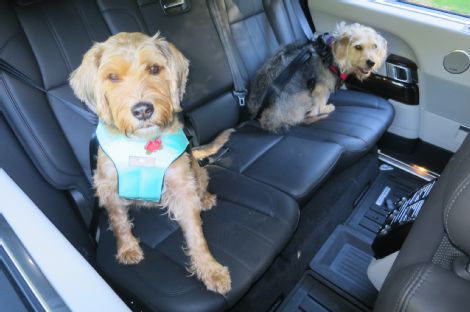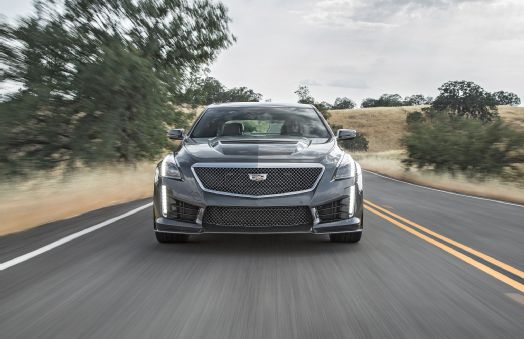Brian Gush, Bentley’s director of motorsport, knows the Continental GT very well. He began working on the development of the car not long after VW Group acquired the storied British luxury brand in 1998. Over the years, he’s also served as Bentley’s powertrain and chassis development chief, and now the genial South African, who collects and races vintage motocross bikes, heads Bentley’s GT3 racing program.
The Bentley Continental GT3 race car was developed entirely in house at Bentley’s HQ in Crewe, England. Bentley had previously competed in the LMP1 prototype sports car category, the team run by Gush winning the fabled Le Mans 24 Hour race with the Speed 8 in 2003. The decision to focus on the production-car-based GT3 category instead came when fellow VW Group brand Porsche announced it would be competing at Le Mans in LMP1 alongside Audi in 2014. “Three brands in LMP1 was one too many,” says Gush.
You’re Probably Transporting Your Pooch All Wrong
I’ve never had children, but two years ago we adopted a rescue beagle/schnauzer mix that quickly occupied the center of our universe. She goes with us everywhere we can take her, and on car journeys she’s always either in a tethered safety harness or (for longer trips) in the wire cage she sleeps in. Well, according to crash tests recently conducted by the Center for Pet Safety (with Subaru sponsorship), we’re being as reckless transporting Snickers as my parents were when they allowed me to free-roam the station wagon interior. Our restraints only prevent her from distracting us.
Just as there wasn’t much child-restraint safety research available to inform my parents, the CPS only began pioneering pet crash-safety testing in 2011. That first pet-harness test was designed using the Federal Motor Vehicle Safety Standard 213 for child-restraint systems as its guideline, and it determined that none—not one—of the four brands tested managed to safely restrain a 55-pound test dummy dog, with most indicating “Extremely low likelihood of survivability for the animal and danger to humans when the dog becomes a missile.” The industry took heed and in 2013 when the CPS partnered with Subaru for its second round of harness testing, the results were better. Four brands failed a static load test, but another seven survived and advanced to the dynamic sled crash test phase. Those results clearly indicated that tether devices intended to give the dog a bit more range of motion are all catastrophically unsafe, allowing the dog to become a missile, endangering human passengers and risking severe pet injury. Only the Sleepypod Clickit Utility harness ($90), which attaches directly to the lap and shoulder belt with auxiliary side straps mounted to the vehicle’s LATCH child-seat hooks, safely retained the dog test dummy.
It’s Time for a Cadillac VMax
The Cadillac CTS-V is a very good super sedan. You can tell by just ogling the stats. The supercharged 6.2-liter LT4 engine creates 640 hp and 630 lb-ft of torque. Weighing in at about 4,100 pounds, the CTS-V weighs less then the fat, German competition. You’ve also got big Brembo brakes, Michelin Super Sport tires, GM’s exceptional Alpha platform, and the so-good-Ford’s-now-using-them Delphi magnetic dampers.
But even with all that kit, the CTS-V is not good enough.
Say huh? Yeah, you heard me right. The CTS-V as it stands is not good enough. Cadillac is close with this car. If you’re German, uncomfortably close. But Dave Leone and his team haven’t reached the Promised Land. Yet.
But they could. The answer is to reach higher. To grab the brass ring. To internalize the mantra that good enough is never good enough. To put your foot on the other guy’s throat and simply keep pressing. To put it in terminology Cadillac can totally understand, it’s time to dare greatly. Then call the solution VMax.
Hello world!
Welcome to Harun Media Network. This is your first post. Edit or delete it, then start blogging!







